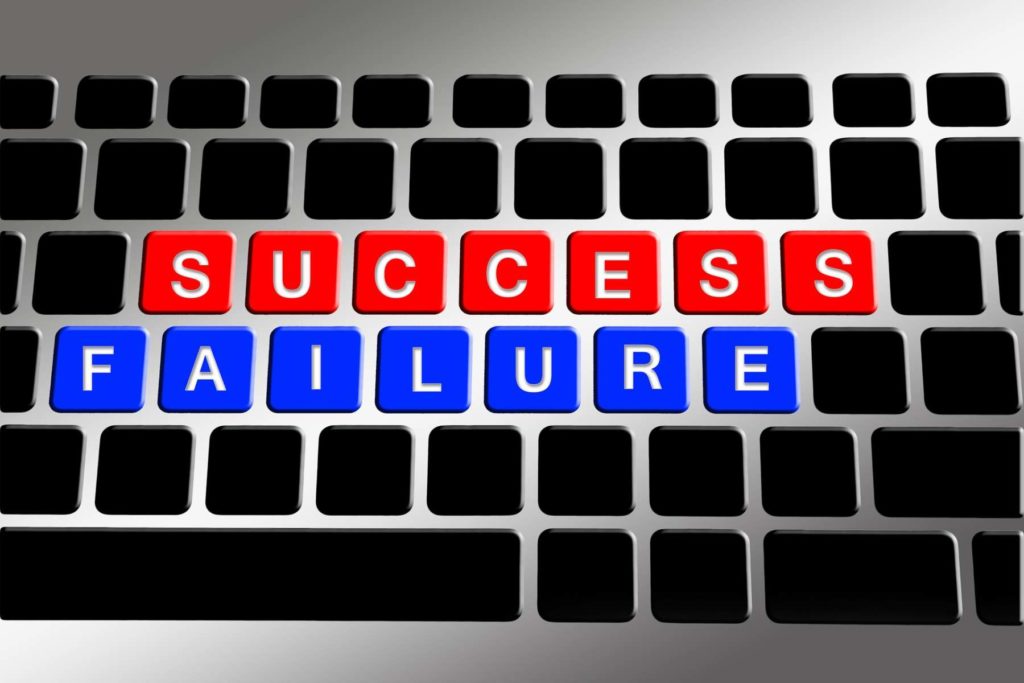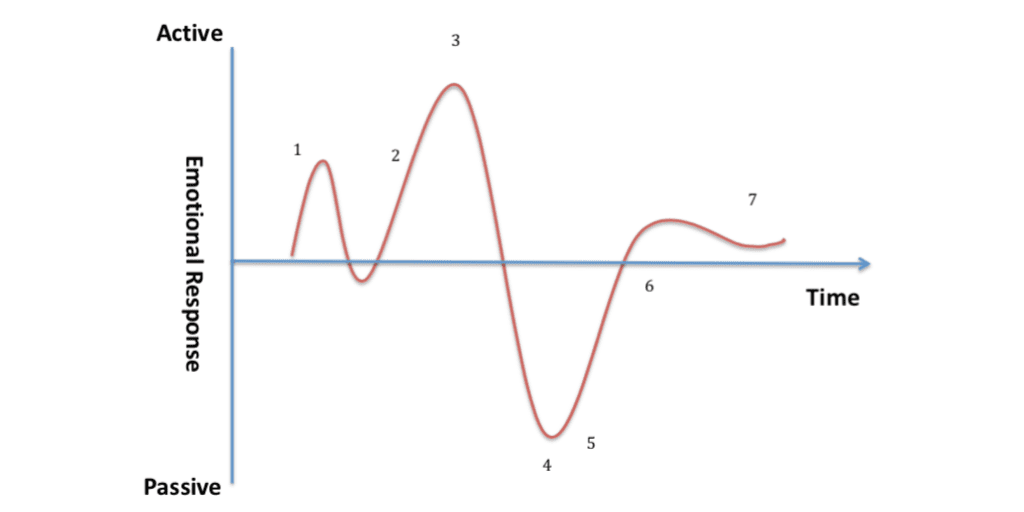Following the outbreak and spread of COVID-19, governments all around the world have recommended varying degrees of lockdown. This has had an enormous impact on how businesses are able to operate. For some businesses, such as those in the travel & leisure industry, business operations have almost ceased completely and for ‘non-essential’ businesses there are varying degrees of disruption with a minimum being enforced working from home for employees.
So what is the emotional impact of lockdown on these businesses and what does that mean for the leaders of these organisations?
Organisations experiencing challenging times and loss can suffer grief in a similar way to individuals dealing with personal loss. After all, businesses are made up of the people that work there. Understanding where the organisation is in the ‘grief process’ can be extremely empowering for business leaders and senior management in navigating the business and its people more effectively.
This awareness informs how best to respond in terms of strategy and leadership style as different decisions, actions and styles will be more effective at different stages. At this time of uncertainty and chaos, it is important for leaders to respond both rationally, and emotionally, as employees are likely to be experiencing higher levels of emotion than usual as this could be having an impact on all areas of their lives.
The 7 Stages of Grief
This business model is an adaptation of the famous ‘Grief Curve’ developed in the late 1960s by Elizabeth Kubler-Ross, a Swiss-American psychiatrist based on her study of terminally ill patients.
The seven stages of grief, applied to organisations, are:
- Shock and denial At this stage there may be a sense of ‘disbelief’ or confusion – ‘is this really happening to us?’ Organisations in shock may find themselves in a state of confusion and low productivity. In contrast, a sense of denial can maintain productivity in the short term as people show an unwillingness to accept the truth and carry on as normal or even increase productivity to prove that nothing is wrong and the business will ‘ride the storm’.
- Pain and guilt At this stage there may be a sense of extreme loss or unbearable pain as the realisation of what has happened sinks in. There may also be a sense of guilt due to the impact of the situation on people’s lives and the lives of people associated with them – the ripple effect.
- Anger and bargaining At this stage there will be high levels of anger and frustration and a tendency to blame anyone or everything, from nature to the government to senior management to fellow employees etc At this stage employees are likely to be demotivated and more focussed on getting payback rather than working towards a solution or moving forward.
- Depression This is the emotional low point when people give up the ‘fight’ and accept that this is really happening and there is no going back. This is a very important stage as there is acceptance that this is real, but as the energy is so low there is little or no activity. It is important to generate energy and define some actions to get everyone moving forward again. If everyone is allowed to stay in a state of depression this can manifest in very low motivation and productivity and a lack of connectivity and collaboration. There could also be an impact on the mental health and wellbeing of employees.
- The upward turn At this stage, the high levels of emotional energy experienced in anger and pain have subsided and a more relaxed state of calm settles. As the sense of ‘threat’ has passed it is now possible to be more open-minded and creative where employees feel able to connect and collaborate. Having a clear shared vision and sense of purpose will be of great benefit at this stage as it will help unite employees and focus them on creating strategies and actions that will move the business forward to a better future.
- Reconstruction and working through This is the stage of experimentation and making changes that adapt to the new circumstances. To maintain a forward momentum it is important to create a culture of trust (not fear) where there is ‘no failure, only feedback’. People need to feel empowered to offer ideas, experiment, reflect and adjust without fear of being judged or reprimanded. A culture of fear and distrust could undo any positive energy generated, and result in people finding themselves back in the stages of anger and depression again.
- Acceptance and hope This stage acknowledges the gradual acceptance of the new way of life and a feeling of hope and possibility in the future. It is now possible to look back at the past with a sense of fondness and respect. New practises become the ‘new normal’ and are fully integrated into the business operations. At this stage an organisation can celebrate having successfully navigated the business and its employees through the period of challenge and loss.
Grief is a complex emotion indicative of being in transition. There are no hard and fast rules about how grief is experienced and for how long – as is true of everything that involves human nature, we all have different response patterns and coping strategies.
However, having a better understanding of the grieving process, and the stage you and your organisation are currently at, will help you to lead with more compassion and insight. This will inform how you respond both rationally and emotionally so you get through this period with strength and resilience – as the saying goes ‘What doesn’t kill you, makes you stronger’.
Through adversity there is always growth and innovation. How can you use the current challenge to grow your business to a different level?

